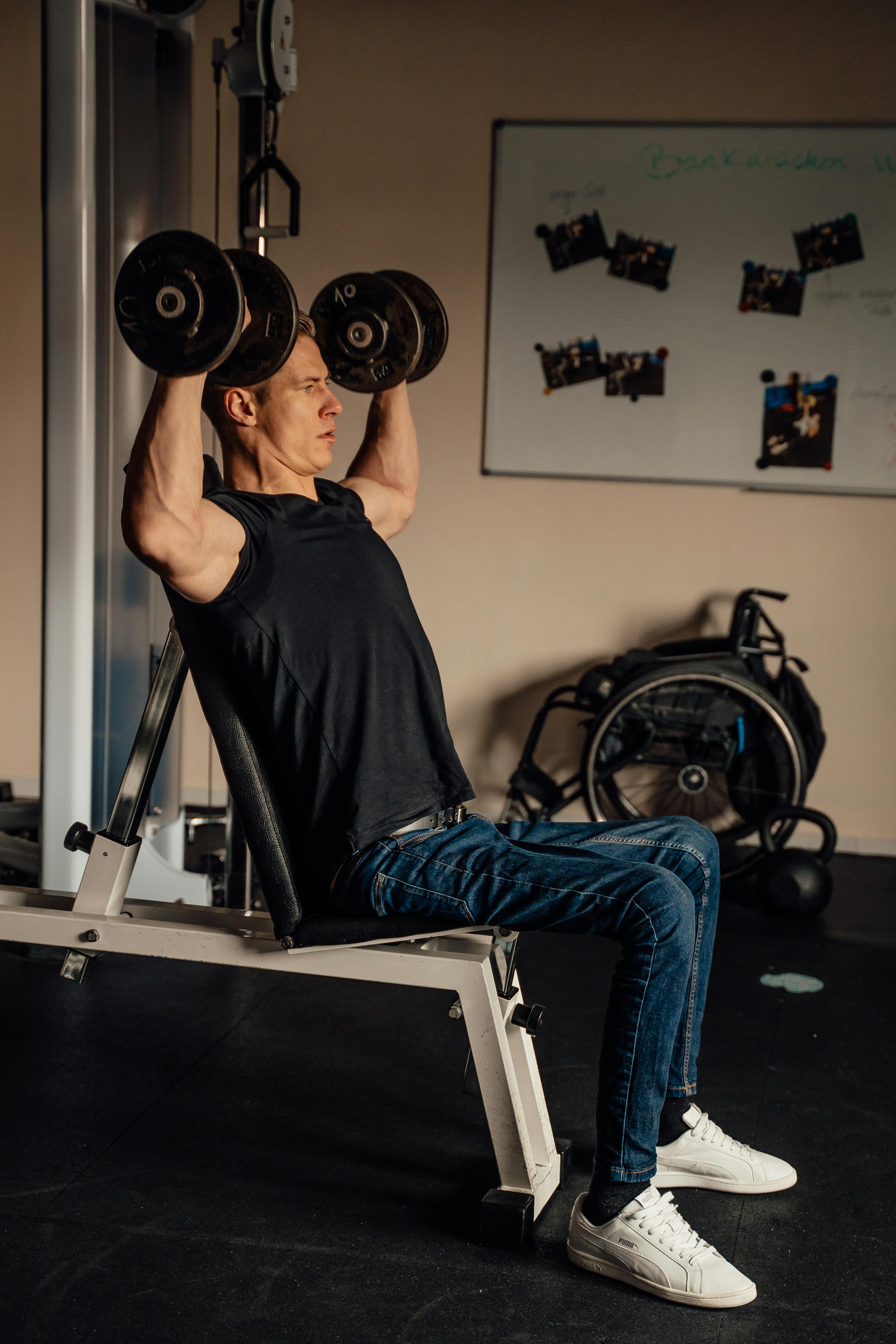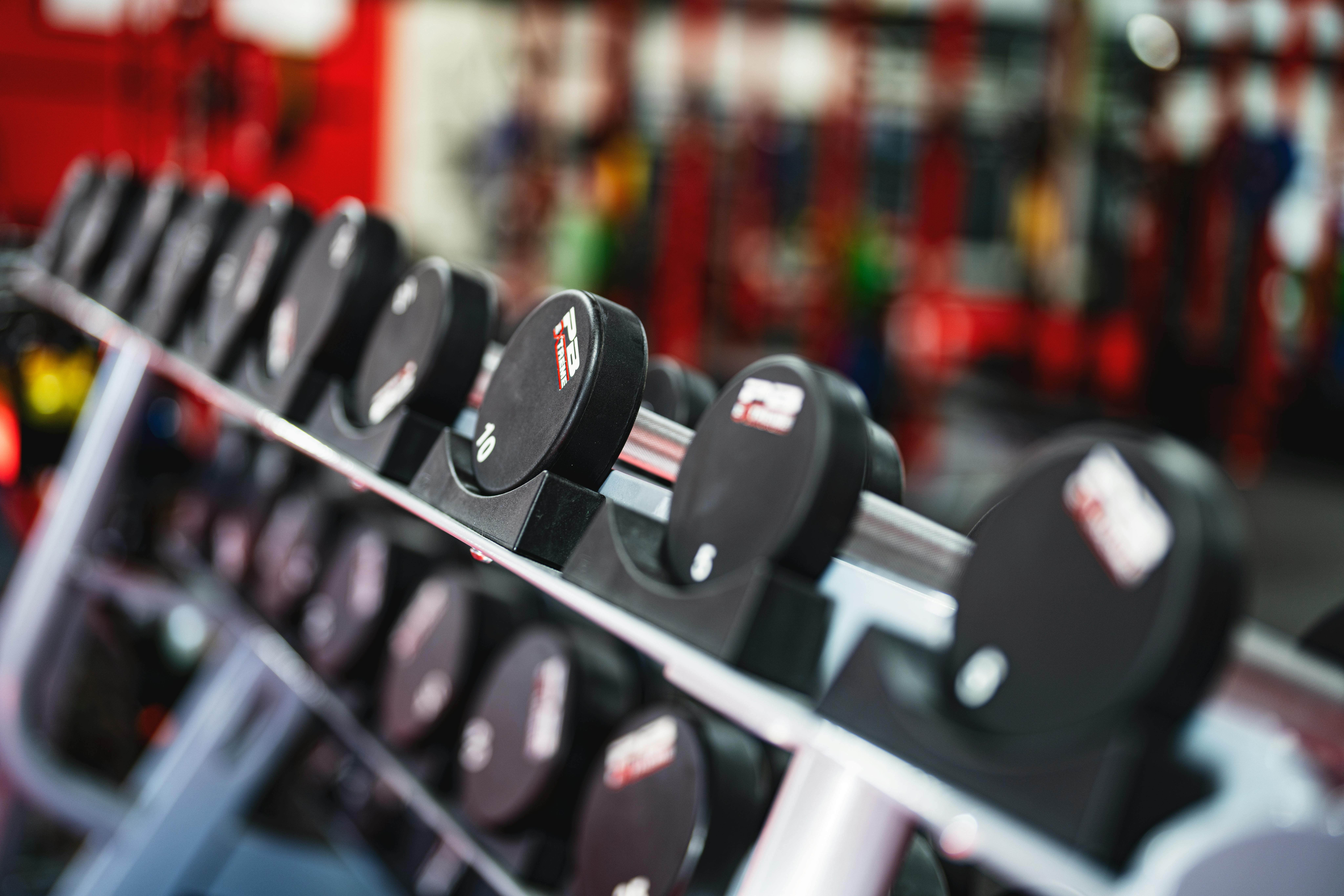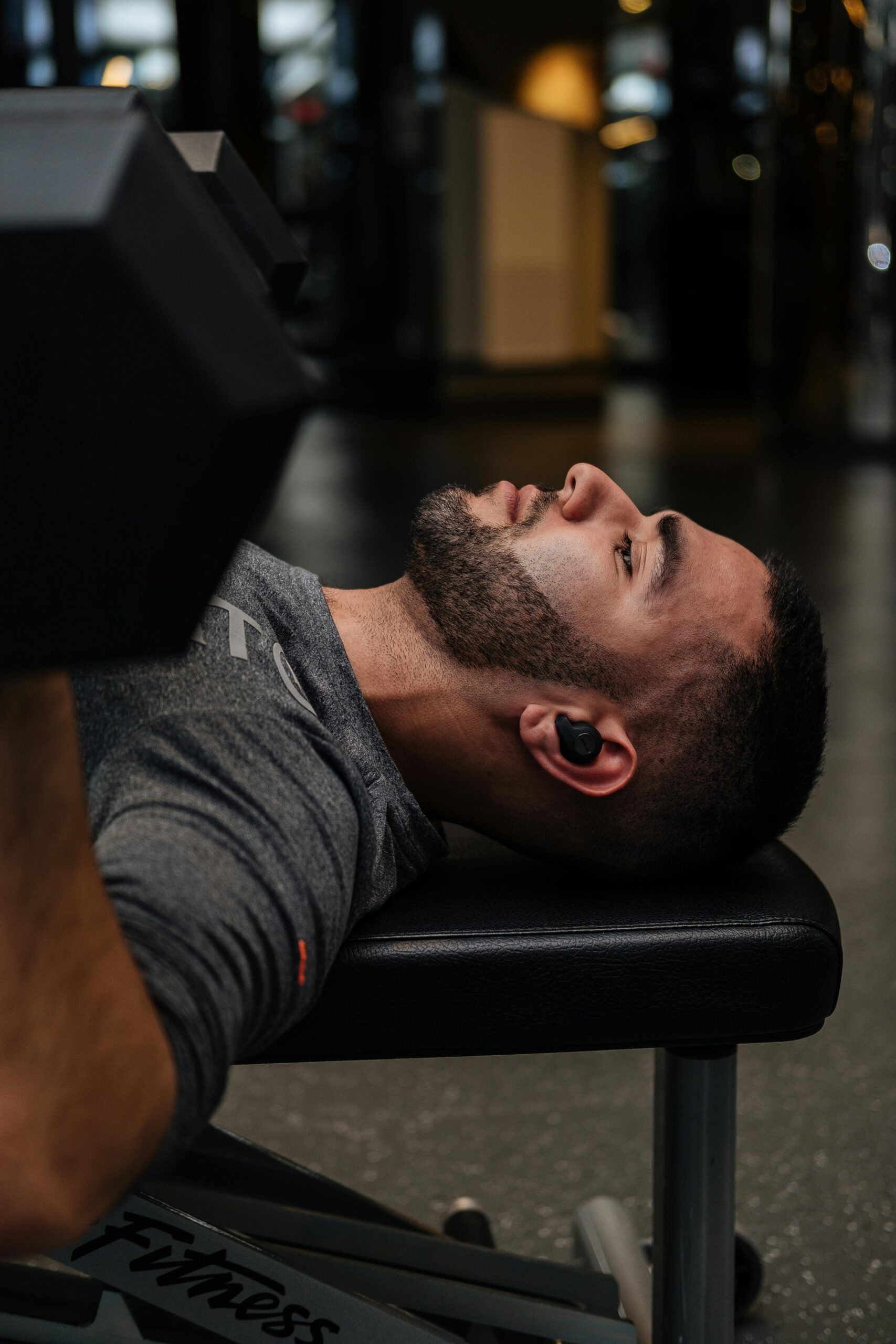Effective Techniques to Enhance Your Schrägbankdrücken: Target Key Muscles for Maximum Gains in 2025
In the world of fitness, the Schrägbankdrücken (incline bench press) remains a cornerstone exercise for building upper body strength. This dynamic movement primarily targets the Brustmuskeln (chest muscles) but also engages the Schultermuskeln (shoulder muscles) and Trizeps (triceps). Incorporating this powerful exercise into your Trainingsplan (training plan) equips you with the tools necessary to achieve your fitness goals.
The significance of mastering Krafttraining (strength training) techniques cannot be overstated as they contribute significantly to Muskelaufbau (muscle growth) and overall body conditioning. This article delves into effective methodologies to enhance your incline bench press technique, empowering you to meet both your Fitnessziele (fitness goals) and improve your overall performance.
We will outline key aspects such as proper form, intensity management, and warm-up routines, coupled with expert tips to prevent injuries and promote recovery. Moreover, we’ll discuss how you can adapt your workouts according to your fitness level and desired outcomes. By the end of this guide, you will be equipped to maximize the benefits of your Schrägbankdrücken workouts effectively.

Mastering the Fundamentals of Schrägbankdrücken
Before diving into advanced techniques, it’s essential to grasp the foundational principles of the Schrägbankdrücken. Building on these fundamentals sets the stage for effective training and minimizes the risk of injury. Understanding the correct form and technique is crucial for targeting the desired muscle groups efficiently.
Understanding Muscle Engagement
The primary muscles worked during Schrägbankdrücken include the pectoralis major, deltoids, and triceps. Knowing how these muscles interact during the lift can guide your approach to maximizing gains. Focus on mind-muscle connection, ensuring that each repetition targets the right muscle group, which is essential for effective Muskeldefinition (muscle definition).
Setting Up Your Workout Station
Proper equipment setup is vital for an effective Schrägbankdrücken session. Pay attention to bench height and angle; a 30 to 45-degree angle is generally recommended to optimize muscle engagement. Double-check the weight you’re using, ensuring it’s appropriate for your fitness level to avoid lifting-related injuries.
Essential Warm-Up Techniques
A solid warm-up routine is non-negotiable to prepare your body for the intensity of the workouts. Incorporate dynamic stretches and specific warm-up sets, which can include lighter weights, to gradually increase blood flow to the muscles.
Optimizing Technique for Enhanced Performance
With these basics established, it’s time to focus on refining your Schrägbankdrücken technique. The way you execute this exercise can dramatically affect the outcomes of your training regimen. This naturally leads us to exploring the crucial elements of effective execution.
Proper Grip and Stance
Begin by determining the proper grip width—typically shoulder-width apart works well for most lifters. Your grip influences muscle activation, so experiment until you find what feels right for you. Pay attention to your foot placement; your feet should remain flat on the ground for stability throughout the lift.
Controlled Motion: Lifting and Lowering
When performing the Schrägbankdrücken, focus on a controlled lift and descent. Exploding upward can be enticing but often leads to form breakdown and potential injuries. Cultivating proper motion will increase strength and safety over time, helping prevent muscle cramps or strains.
Breathing Techniques for Enhanced Power
Your breathing pattern can significantly influence your performance. Inhale as you lower the weights and exhale during the lift. Proper breathing not only stabilizes your core but also optimizes strength during explosive movements, which are crucial for achieving higher weights.

Incorporating Variations for Muscle Growth
To maximize your gains, integrating different variations of the Schrägbankdrücken into your routine can stimulate muscle growth and prevent plateaus. These methods introduce new challenges, keeping your workouts engaging and effective. Connected to this principle, let’s explore various techniques to incorporate into your routine.
Dumbbell vs. Barbell Schrägbankdrücken
Using dumbbells or a barbell for your Schrägbankdrücken can yield different results. While barbells can aid in lifting heavier weights, dumbbells allow for greater range of motion and engage stabilizing muscles more effectively. Consider alternating between both to diversify your workouts and enhance muscle engagement.
Incline Push-Ups as an Alternative
If access to gym equipment is limited, incline push-ups serve as an excellent alternative to Schrägbankdrücken. They mirror the motion while effectively targeting the same muscle groups, making them perfect for bodyweight training. Practicing this alternative can build foundational strength beneficial for progressing to weighted exercises later.
Negative Reps for Muscle Optimization
Incorporating negative repetitions—focusing on the lowering phase of the Schrägbankdrücken—can enhance strength significantly. This technique involves resisting the weight on the descent, helping to recruit more muscle fibers and improve your lifting power over time.
Nutrition and Recovery for Optimal Performance
Following your workout, managing recovery and nutrition becomes imperative for long-lasting results. Taking this concept further, we’ll discuss how proper post-exercise care and nutrition can enhance your Schrägbankdrücken performance.
The Importance of Macronutrients
To support effective muscle recovery and growth, focus on a diet rich in protein, carbohydrates, and healthy fats. Proteins are crucial for muscle repair, while carbohydrates replenish glycogen stores. Engaging in nutrient-dense meals post-workout will significantly impact your recovery, allowing you to perform better during your next session.
Hydration Strategies
In addition to nutrition, staying hydrated is vital in preventing muscle cramps and optimizing performance. It is recommended to maintain fluid intake throughout your workouts and to utilize electrolyte-rich beverages post-exercise, particularly after intense training sessions.
Rest Days: The Unsung Heroes of Training
Incorporating rest days allows your muscles to recover and strengthens them for future workouts. Over-training can lead to injuries, so listening to your body and understanding when to take breaks is crucial for sustainable progress. Techniques such as stretching and foam rolling can also aid in muscle recovery.
Common Mistakes to Avoid When Schrägbankdrücken
Despite the effectiveness of Schrägbankdrücken, many enthusiasts unknowingly fall into common traps that can hinder progress or lead to injuries. Identifying these pitfalls can facilitate better training outcomes. Following this approach, let’s explore frequent mistakes and how to avoid them.
Ineffective Equipment Setup
One common mistake is not properly adjusting the bench and weights before beginning workouts. Ensuring correct adjustments alleviate unnecessary strain on your joints and allows for optimal performance. Always double-check equipment before lifting.
Ignoring Form for Weight
Another prevalent issue among lifters is prioritizing heavy weights over perfect form. Focus on quality over quantity when it comes to lifting. A strong foundation of good form can pave the way for higher weights in the long run.
Rushing Through Sets and Reps
Many individuals inadvertently rush their sets and reps, which decreases exercise effectiveness. Adopting a measured pacing technique allows for greater muscle engagement and ensures proper form during each phase of the lift.
Q&A: Enhancing Your Schrägbankdrücken Journey
Q: How often should I practice Schrägbankdrücken?
A: Ideally, incorporate Schrägbankdrücken into your upper body workout twice a week, allowing adequate recovery in between sessions.
Q: Can I use Schrägbankdrücken to lose weight?
A: While Schrägbankdrücken is not a direct weight loss exercise, incorporating it into a balanced routine can aid in building muscle, which can enhance metabolism and support weight loss.
Q: What are the best alternatives to Schrägbankdrücken?
A: Effective alternatives include bench press variations, push-ups, and dumbbell flies, which target similar muscle groups and offer workout diversity.
Q: Do I need a spotter for Schrägbankdrücken?
A: While not strictly necessary, having a spotter can enhance safety, especially when lifting heavier weights.
Q: How do I track my fitness progress?
A: Recording your weights lifted, sets, and reps over time can help you gauge your progress and make necessary adjustments in your training routine.
